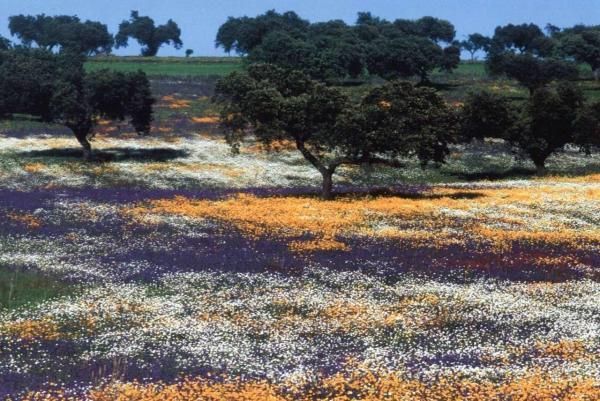Biodiversidad, Ecología y Evolución
Departamento


University of Michigan–Ann Arbor
Ann Arbor, Estados UnidosPublicaciones en colaboración con investigadores/as de University of Michigan–Ann Arbor (29)
2024
-
Positive feedbacks and alternative stable states in forest leaf types
Nature Communications, Vol. 15, Núm. 1
-
The Relationship Between Maturation Size and Maximum Tree Size From Tropical to Boreal Climates
Ecology Letters, Vol. 27, Núm. 9
-
Woody plant taxonomic, functional, and phylogenetic diversity decrease along elevational gradients in Andean tropical montane forests: Environmental filtering and arrival of temperate taxa
Plant Diversity, Vol. 46, Núm. 4, pp. 491-501
2023
-
Dietary adaptations and tooth morphology in squirrels: Insights from extant and extinct species
Palaeogeography, Palaeoclimatology, Palaeoecology, Vol. 629
-
Linking seed size and number to trait syndromes in trees
Global Ecology and Biogeography, Vol. 32, Núm. 5, pp. 683-694
-
Masting is uncommon in trees that depend on mutualist dispersers in the context of global climate and fertility gradients
Nature Plants, Vol. 9, Núm. 7, pp. 1044-1056
-
Plant size, latitude, and phylogeny explain within-population variability in herbivory
Science (New York, N.Y.), Vol. 382, Núm. 6671, pp. 679-683
-
Plant size, latitude, and phylogeny explain within-population variability in herbivory
Dryad
-
Rebuttal to “(2786) Proposal to change the conserved type of Ipomoea, nom. cons. (Convolvulaceae)”
Taxon, Vol. 72, Núm. 3, pp. 644-646
-
The challenges of classifying big genera such as Ipomoea
Taxon, Vol. 72, Núm. 6, pp. 1201-1215
-
The global contribution of soil mosses to ecosystem services
Nature Geoscience, Vol. 16, Núm. 5, pp. 430-438
2022
-
Desert lizard diversity worldwide: Effects of environment, time, and evolutionary rate
Global Ecology and Biogeography, Vol. 31, Núm. 4, pp. 776-790
-
Desert lizard diversity worldwide: Effects of environment, time, and evolutionary rate
Dryad
-
Globally, tree fecundity exceeds productivity gradients
Ecology Letters
-
Limits to reproduction and seed size-number trade-offs that shape forest dominance and future recovery
Nature Communications, Vol. 13, Núm. 1
2021
-
A framework infrageneric classification of Carex (Cyperaceae) and its organizing principles
Journal of Systematics and Evolution, Vol. 59, Núm. 4, pp. 726-762
-
Is there tree senescence? The fecundity evidence
Proceedings of the National Academy of Sciences of the United States of America, Vol. 118, Núm. 34
2020
-
A new classification of Carex (Cyperaceae) subgenera supported by a HybSeq backbone phylogenetic tree
Botanical Journal of the Linnean Society, Vol. 194, Núm. 2, pp. 141-163
-
Long-term dynamics of shrub facilitation shape the mixing of evergreen and deciduous oaks in Mediterranean abandoned fields
Journal of Ecology, Vol. 108, Núm. 3, pp. 1125-1137
2019
-
A tale of worldwide success: Behind the scenes of Carex (Cyperaceae) biogeography and diversification
Journal of Systematics and Evolution, Vol. 57, Núm. 6, pp. 695-718